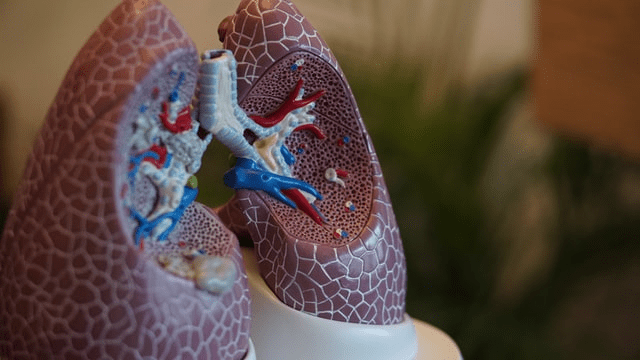
WHO: BA.2.75 has more efficient replication in lung cells, fusogenicity, pathogenicity
WHO: “Preliminary laboratory-based studies indicate a relative growth advantage of BA.2.75 as compared to BA.2 and BA.5. Further, there is an indication of higher fusogenicity, more efficient replication in lung cells and more pathogenicity in a hamster model as compared to BA.2. More studies are required to confirm these preliminary findings.”
Among the Omicron descendent lineages that continue to emerge is BA.2.75, with the earliest sequences reported in May 2022. This variant, currently an Omicron subvariant under monitoring, has nine additional mutations in the spike as compared to its parent lineage BA.2; four of these mutations are within the receptor binding domain (RBD), and at least one of these RBD mutations has been associated with immune escape in previous variants.
As compared to 18 July when only 250 sequences from 15 countries were submitted to GISAID, more than 2700 sequences from 16 countries have been reported as of 15 August 2022. The majority of the reported sequences are from India.
The global prevalence of this variant was highest in week 27 (from 3 to 9 July 2022) and has declined in recent weeks, but it is not known if this is a true decline in prevalence or the result of a delay in sequence submissions. Preliminary laboratory-based studies indicate a relative growth advantage of BA.2.75 as compared to BA.2 and BA.5. Further, there is an indication of higher fusogenicity, more efficient replication in lung cells and more pathogenicity in a hamster model as compared to BA.2. More studies are required to confirm these preliminary findings.
20220817_Weekly_Epi_Update_105
World Health Organisation: Weekly epidemiological update on COVID-19 – 17 August 2022
India: 100% rise in Delhi’s Covid hospitalisations in 14 days
Photo by Robina Weermeijer on Unsplash